Technology is being misused to substitute storytelling: Prahlad Kakar
Prahlad Kakkar is a leading ad film director and the founder and main director for Genesis Film Productions, a leading production house established in 1977. He is known for his irreverent humour, memorable brand building campaigns and has created Award winning commercials for corporates and agencies in India and the Asia Pacific region. Known as the ‘Ad guru’, he has been instrumental in changing the face of advertising in our country bringing in the appropriate “regional Indianess” and values into an urban context through his films, creative workshops, articles and interviews.
In conversation with AdGully, Prahlad Kakar speaks at length about what makes for compelling storytelling and more. Excerpts:
What makes a story compelling?
The story must be original, must be told well, and must be passionate. The filmmaker or the storyteller has to believe implicitly in the product because his belief transcends a lot of the floors that the storytelling has, like Manmohan Desai’s films.
How is storytelling evolving in the social media era?
It is not, they are still floundering, trying to find a genre which suits social media, because we are so conditioned by the way we have told stories for thousands of years to understand that social media is like a live storyteller with a live audience in real time. The only experience that can come close to social media storytelling experience is theatre.
Do you think brands’ desire for going viral with creative content is beginning to overshadow the storytelling factor?
Creative content means storytelling. Creative content is all about storytelling and nothing else, creative liberty is all about sensationalism. It doesn’t mean that you start with a huge letter sex and now that you have your audience’s attention, you talk about your fabulous engineered product. Though you have your consumer’s attention, he is not amused.
Where do brands go wrong in their storytelling?
When the story is all about what the client want to say. It’s like a parent who has a really ugly child and thinks that he is the most beautiful child in the world and expects everyone else to believe it, without ever compensating the fact that the child is really gifted in many more ways besides his looks.
So, when a client is too close to the product and loses the objectivity, then they forget to talk in the language of the consumer and insist on only forcing their version down their throats.
What are the key factors in creating compelling content that has business value in today’s ecosystem?
Engaging stories which are either emotional, relevant, funny or which deal with human interest factors like love, hate, pain, hunger, deprivation, loss, gain, victory, etc., so that once hooked on to a good story, your consumer does not stray or become restless and move on, but it is riveted by your storytelling abilities and then you can treat him to world of rewards and keep him engaged because of the material benefits that he is getting or by the knowledge he is getting, or by the advantage he gets by everybody else because you offer it to him.
Lust, greed, aspiration, love, hate are the strongest motivational factors in any medium, not just social.
In your talk at the Social Media Week, you had spoken about the ‘fear factor’. How can fear be harnessed to tell memorable stories?
The overcoming of fear in different situations is the stuff that legends are made of. When you perform despite your fear, then you are a true hero. But good storyteller will weave all the trials and tribulations of your fear, real and imagined, into an adventure which takes you beyond the physical and into the mind where actual fear lurks, creates self-doubts, clouds your vision and your purpose and makes you want to give up, run and hide. Though physical fear can be a good thing because it is your safety net, mental fear is imagined, phobic and multiplies itself into many headed hydra, confusing you and making you stop believing in yourself and your instincts. So when you singlemindedly slay the hydra’s many heads and emerge victorious and cleansed of your self-doubt, it’s a story that inspires everybody.
Do you think technology is beginning to kill the primary art of storytelling?
Technology is being misused to substitute storytelling, because we tend to be very enamoured of what it makes possible, but the best use of technology is when it is invisible and makes a great tool to tell your story.
Could you name a couple of recent ads that have impressed you with their storytelling?
The Google ad where the granddaughter using Google very subtly gets her grandfather and his Pakistani childhood friend together. Secondly, the Ariel ‘Share the Load’ commercial.
Do you think long format ads make for more compelling content than say a 30-seconder?
Not necessarily, it depends on how well you can tell your story, if you can tell it in 30 seconds, then 1 minute becomes an indulgence and it shows. All great ads have to be like a mini skirt – short enough to hold your attention and long enough to cover the subject.




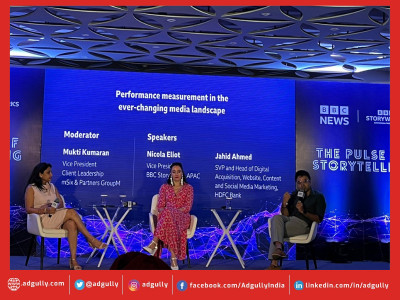
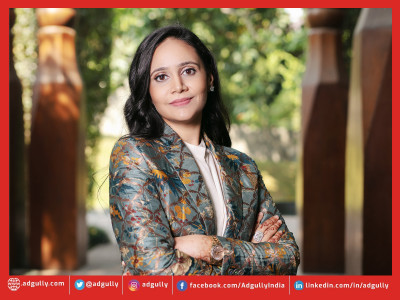
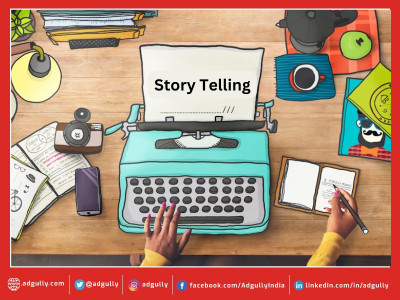
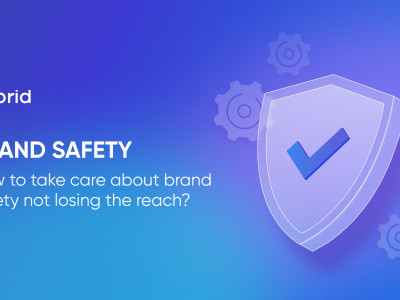

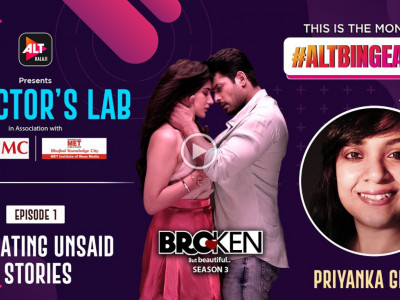


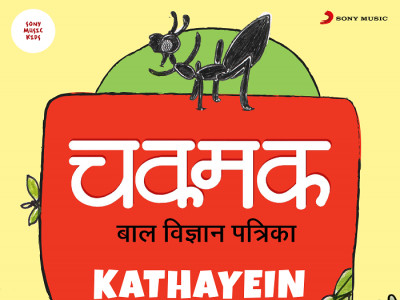



Share
Facebook
YouTube
Tweet
Twitter
LinkedIn